 Weird Stuff
Weird Stuff  Weird Stuff
Weird Stuff  Our World
Our World 10 Ways Your Christmas Tree Is More Lit Than You Think
 Movies and TV
Movies and TV The 10 Coolest Stars to Set Sail on The Love Boat
 History
History 10 Things You Didn’t Know About the American National Anthem
 Technology
Technology Top 10 Everyday Tech Buzzwords That Hide a Darker Past
 Humans
Humans 10 Everyday Human Behaviors That Are Actually Survival Instincts
 Animals
Animals 10 Animals That Humiliated and Harmed Historical Leaders
 History
History 10 Most Influential Protests in Modern History
 Creepy
Creepy 10 More Representations of Death from Myth, Legend, and Folktale
 Technology
Technology 10 Scientific Breakthroughs of 2025 That’ll Change Everything
 Weird Stuff
Weird Stuff Ten Bizarre Facts About The Doge Meme
 Our World
Our World 10 Ways Your Christmas Tree Is More Lit Than You Think
 Movies and TV
Movies and TV The 10 Coolest Stars to Set Sail on The Love Boat
Who's Behind Listverse?

Jamie Frater
Head Editor
Jamie founded Listverse due to an insatiable desire to share fascinating, obscure, and bizarre facts. He has been a guest speaker on numerous national radio and television stations and is a five time published author.
More About Us History
History 10 Things You Didn’t Know About the American National Anthem
 Technology
Technology Top 10 Everyday Tech Buzzwords That Hide a Darker Past
 Humans
Humans 10 Everyday Human Behaviors That Are Actually Survival Instincts
 Animals
Animals 10 Animals That Humiliated and Harmed Historical Leaders
 History
History 10 Most Influential Protests in Modern History
 Creepy
Creepy 10 More Representations of Death from Myth, Legend, and Folktale
 Technology
Technology 10 Scientific Breakthroughs of 2025 That’ll Change Everything
10 Suppressed Alternative Medical Treatments
The United States government has long been accused of withholding lifesaving treatments from the people it serves. Concerned citizens have looked on in dismay as supposed wonder drugs and innovative therapies have inevitably earned the ire of public institutions like the Food and Drug Administration (FDA) and the Drug Enforcement Agency (DEA). Subsequent sanctions imposed on these alternative medical treatments have resulted in the imprisonment of their inventors, the discrediting of their effects, and the demonization of their use.
While it’s undeniably vital to the public health to keep truly dangerous treatments out of the reach of those who might otherwise be harmed, it also can’t be denied that there’s more money to be made in keeping people sick than there is in making them well. If pharmaceutical corporations and medical institutions happened to gain undue influence on the legislative process of the US government, it stands to reason that they would use this leverage to promote their own agendas in lieu of protecting the health of the people. If the FDA and the DEA have been compromised and are no longer the defenders of public safety that they claim to be, then the following ten treatments may have been wrongfully maligned by a corrupt government.
10 Cyanide

Large doses of cyanide are guaranteed to kill you, but some researchers believe that low doses of this toxic substance might kill your cancer instead. Popularized in the 1950s by a product called laetrile, vitamin B17 contains small amounts of cyanide.[1] Proponents claim that B17, which can be found in apricot kernels, bitter almonds, and bean sprouts, has anticarcinogenic properties and is harmless to your health when ingested sparingly.
After several unsuccessful attempts to approve laetrile in the 1970s, the FDA cracked down on all forms of B17, and it’s now illegal to use this vitamin for the treatment of cancer in the United States. But with the most widely accepted contemporary treatment for cancer consisting of bombarding the body with massive amounts of radiation, it’s understandable to question how bad a little bit of cyanide could really be.
9 DMSO
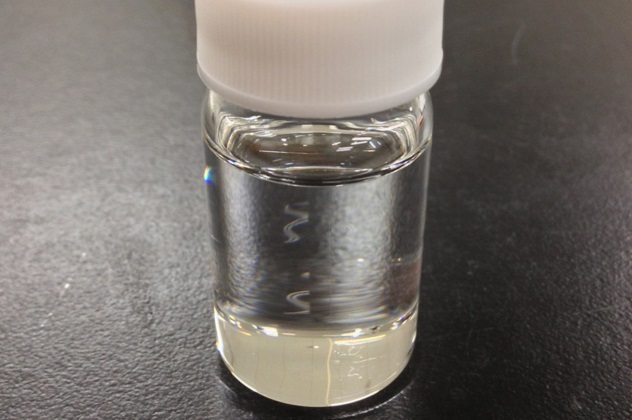
As a by-product of paper manufacturing, dimethyl sulfoxide (DMSO) is an unlikely candidate for miracle drug status. Yet thousands of people around the world attest to this smelly gel’s capacity to reduce pain, accelerate healing, and even cure cancer. DMSO adherents ran afoul of the FDA in the mid-1960s with their claims of the efficacy of the drug as an anticarcinogen, leading to a decades-long stigmatization of the use of DMSO for medical purposes. The FDA went on to approve DMSO for interstitial cystitis in 1978 and again for veterinary purposes in 1980, but the thousands of testimonials given by those who successfully used DMSO to treat cancer go unheeded to this day.
Though a generic form of DMSO was approved in 2002,[2] there’s still no sign that the FDA will approve DMSO for specific prescription treatments anytime soon. Though detractors of the drug warn of side effects like skin irritation, nausea, and loss of vision, side effects of similar severity haven’t stopped the FDA from approving hundreds of seemingly unsafe drugs that bear the critical distinction of having been developed and marketed by pharmaceutical corporations.
8 Orgone Therapy
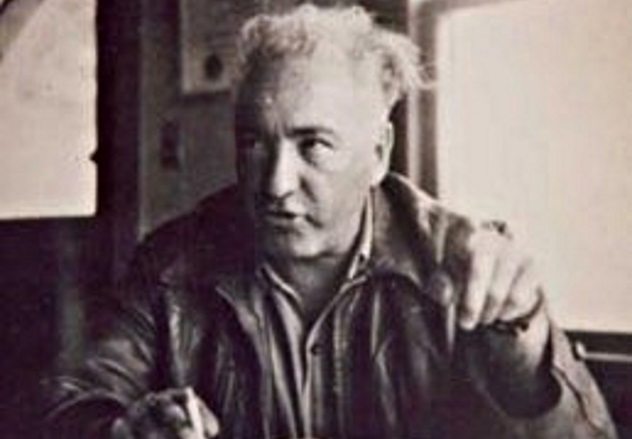
In 1954, the FDA filed an injunction against Austrian-born psychiatrist Wilhelm Reich. The government agency had heard about Reich’s pioneering work with an energy field he called “orgone” and had resolved to put a stop to it. It’s unclear why the FDA viewed Reich as such a threat, since his two orgone machines, the orgone accumulator and the cloudbuster, had no history of harming anyone. Nonetheless, Reich was ordered to stop the production and distribution of his inventions, and the FDA began a merciless campaign of modern-day book burning.
Any book written by Reich, or any book with the word “orgone” in it, was rounded up by the FDA and destroyed. When the FDA caught wind that Reich had thumbed his nose at their injunction and was continuing to make and sell orgone accumulators, they promptly had him arrested. Reich vocally opposed this treatment, arguing that the FDA had no jurisdiction over “primordial, preatomic cosmic orgone energy.”[3] The FDA begged to differ, and Reich was sentenced to two years in prison.
Reich didn’t survive his prison sentence, but his ideas did. This former student of Sigmund Freud had postulated that there exists at large in the universe a primal creative energy, embodied in humans as sexuality. His orgone accumulators, which resembled telephone booths, were designed to harness this omnipresent energy and direct it into the human body. Whatever Reich’s offense may have been against the powers that be, the stifling of free thought is a practice best left far behind in the days of the Inquisition.
7 Electromagnetic Therapy

The human body depends on electrical and magnetic fields to regulate many of the vital processes that keep us alive and healthy. Yet, until recently, the scientific community has been reticent in recognizing the health benefits of low-frequency electromagnetic energy therapy. Innovators like Raymond Rife were ridiculed in the early 20th century for suggesting that targeted electromagnetic fields of certain frequencies were capable of combating cancer. Rife’s Frequency Generator earned him the disdain of the American Medical Association in the 1930s, and his therapy never became widely accepted.
In recent years, however, various researchers have demonstrated that certain frequencies of electromagnetic fields do indeed have the capacity to destroy tumors.[4] The FDA has also loosened their perspective on electromagnetic therapy, allowing its use for healing fractures, reducing pain, and, most famously, jump-starting the heart during cardiac arrest. With all the wonders of electromagnetic therapy now coming out into the open, it’s starting to seem like Mr. Rife is owed an apology.
6 The Hoxsey Treatment

In the early 1920s, radio personality Norman Baker made Harry Hoxsey famous. Hoxsey had learned folk remedies for curing cancer from his grandfather, an equestrian who had watched horses cure themselves of cancer by eating select herbs. With Baker’s help, by 1950, Hoxsey’s army of clinics had become the world’s biggest private cancer center, with over 12,000 patients.
However, in 1956, the FDA warned that the Fifth Circuit Court of Appeals had found Hoxsey’s treatment to be “worthless.” By 1960, the last of the Hoxsey clinics in the United States had been forcibly shut down, leading Hoxsey’s head nurse to leave for Tijuana to open a new clinic. With the rise of NAFTA, however, even these Tijuana clinics became threatened as the United States and Mexico worked together to crack down on cross-border alternative medicine.
The Hoxsey Treatment consists of a medley of natural herbs that are applied topically or ingested orally and has reportedly helped thousands of people cure their cancer. Recent studies have confirmed that simple dietary changes like ingesting certain vitamins and minerals commonly found in herbs can not only prevent cancer but even fight existing tumors.[5] In their 1956 warning, the FDA asserted that cancer sufferers would surely die if they didn’t use state-sanctioned cancer treatments like chemotherapy, but a compelling mass of evidence suggests that the Hoxsey Treatment may have been suppressed rather than legitimately debunked.
5 The Gerson Regimen

Max Gerson became well-known in the 1930s for his assertions that increased levels of environmental toxins and the rise of processed foods had triggered changes in cell metabolism that caused cancer.[6] Gerson suggested that those suffering from cancer or wishing to prevent its onset should eliminate salt from their diets and eat only organic foods while simultaneously raising their potassium intake.
Oddly enough, Gerson also promoted the use of coffee enemas to remove toxins from the liver through the colon wall. Perhaps Gerson’s therapy was declaimed by various authorities as being ineffective simply due to the gross-out factor inherent to anything enema-related.
Whatever the reason for its suppression, the Gerson Regimen has never been approved by the FDA as a cancer treatment despite claims of recovery rates as high as 70 to 90 percent. However, various studies have shown that aspects of Gerson’s treatment, such as the ingestion of large amounts of fresh fruit juices, do indeed have an anticarcinogenic effect. The jury’s still out on the enemas, though.
4 The Rand Vaccine
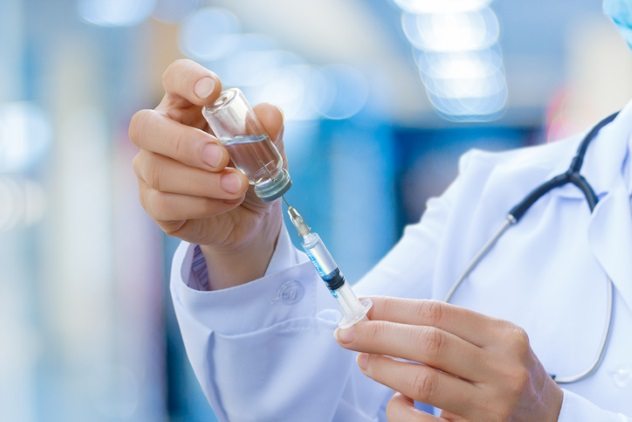
The strange story of the Rand vaccine still raises the eyebrows of skeptics and health nuts alike. Many alternative cancer cures have appeared and disappeared over the last century, but only one has been produced by a major United States corporation.
In the mid-1960s, H.J. Rand, president of the Rand Corporation, became convinced that cancer was caused by a virus.[7] The Rand Corporation had been established as an offshoot of the widely respected aviation manufacturer Douglas Aircraft Company in the 1940s and as a US Army think tank. By the 1960s, it was obvious that the Rand Corporation’s lines of thought had led the prestigious company into uncharted waters.
Rand claimed to have isolated the virus that causes cancer and further claimed to have developed a cancer vaccine. This vaccine was tested on approximately 8,000 individuals in Ohio, with supposedly promising results. However, having become irked by unsubstantiated newspaper reports of Rand selling the drug without a license, the FDA descended in their full fury in 1967 to put a stop to this unsanctimonious rule-breaking. By 1968, a federal criminal case had been brought against Rand, with another to follow in 1970.
At the height of their experimentation, the Rand Corporation had apparently spent over $20 million researching their cancer vaccine, all to no avail. Today, the Rand vaccine is all but forgotten, even though it’s been conclusively demonstrated that certain viruses, like HPV, do indeed cause cancer.
3 Kratom
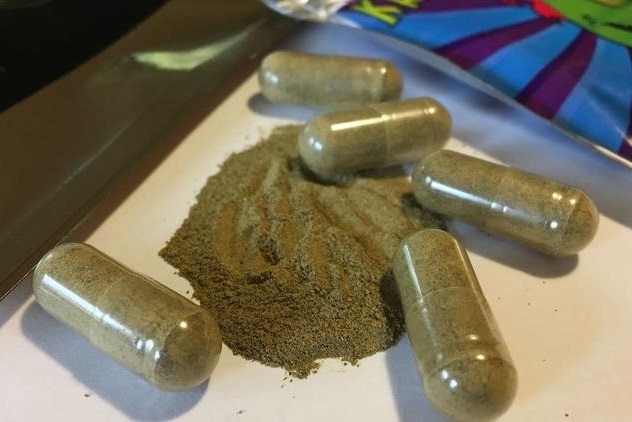
Kratom has been used for centuries in various Southeast Asian countries to reduce pain, fight fatigue, and alleviate anxiety. This dried and powdered leaf of the kratom tree has been reported to deliver pain relief that’s just as powerful as that derived from opioids but without any risk of overdose. Kratom has steadily gained popularity in the United States in the last few years, much to the chagrin of the FDA and DEA.[8] These agencies have done everything in their power to stop the American people from using kratom, from seizing imports of this herb at points of entry to demonizing its use to flat-out trying to classify it as a Schedule I drug.
In a stunning display of the effectiveness of grassroots activism bolstered by the proper use of social media, attempts to illegalize Kratom were brutally shut down in October 2016, when 142,000 people signed a petition to keep kratom available to the public. Due to this overpowering outcry of dissent, the FDA was forced to put its plans for kratom on hold and beg for further public comment on the matter.
However, on February 6, 2018, FDA commissioner Scott Gottlieb released a fanciful statement claiming that kratom is an opioid. So far, no action has been taken to curtail the sale of kratom based on this assessment, but the sudden appearance of such a far-fetched claim certainly bodes ill for those using kratom as an alternative to undeniably toxic pharmaceutical opioids.
2 Kava

One of the principles attributed to the Greek philosopher Paracelsus is that all substances are poisons when ingested in certain quantities. It seems that the German government decided that any amount of the root extract kava was poisonous when they outright banned the product in the early 2000s. The ruling has since been reversed as academics have started to question whether kava itself is truly to blame for the spate of hepatotoxicity deaths reported in conjunction with use of the herb or whether contaminants in certain batches of kava might be the real culprits.[9]
Advocates of the plant are quick to point out that kava has been used on South Pacific islands for centuries with no reports of adverse effects. Native islanders ingest the plant to this day to improve mood and relieve stress, and kava has been used in the West for at least 100 years as a treatment for social anxiety. Yet the FDA released a report in 2002 warning the public of the potential dangers that kava poses to liver health.
Kava is still legal to sell in the US as a dietary supplement, but if contaminated batches have truly caused deaths due to liver damage, the FDA could do much more to protect American citizens by bringing kava into the fold under strict regulation instead of admonishing the use of the substance while doing nothing to make it safer.
1 CBD
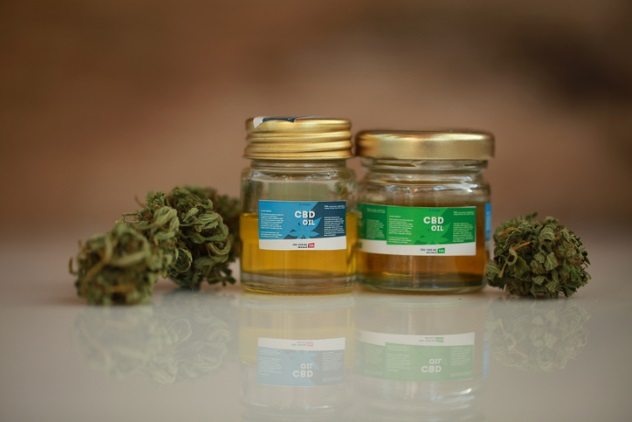
In recent years, a substance has come to the fore that many are starting to consider a wonder drug. Cannabidiol (CBD), an extract of cannabis sativa, has been demonstrated in dozens of studies to be an incredibly effective anti-inflammatory. Modern medical research has effectively concluded that inflammation is the root cause of almost every if not every single disease that plagues the human body, meaning that CBD may truly be a miracle cure for almost any ailment.
There’s just one catch: Cannabis sativa is still listed as a Schedule I drug by the DEA. CBD manufacturers make use of various legal loopholes to sell their products, but many patients are left wondering if they’re breaking the law by using CBD to treat their diabetes, arthritis, or cancer.
Legal confusion has led certain local-level law enforcement agencies to seize CBD products from the shelves of natural food stores, claiming that these “hemp extracts” contain illegal amounts of THC. In December 2016, the DEA released a “final rule” purporting to simplify their perspective on CBD extracts that only further muddied the waters.[10]
For now, CBD manufacturers still ship their products across the country, and raids and seizures are relatively uncommon. But many sufferers of diseases like Parkinson’s, dystonia, and neuralgia who could be helped by this non-psychoactive cannabinoid are afraid to try CBD because they think that it is illegal. In the case of CBD, the DEA has proven that it doesn’t have to outright ban a substance to disincentivize the people from taking their health into their own hands.
Read about more atypical medical treatments on Top 10 Bizarre Medical Treatments and 10 Of The Worst Alternative Medical Treatments.








